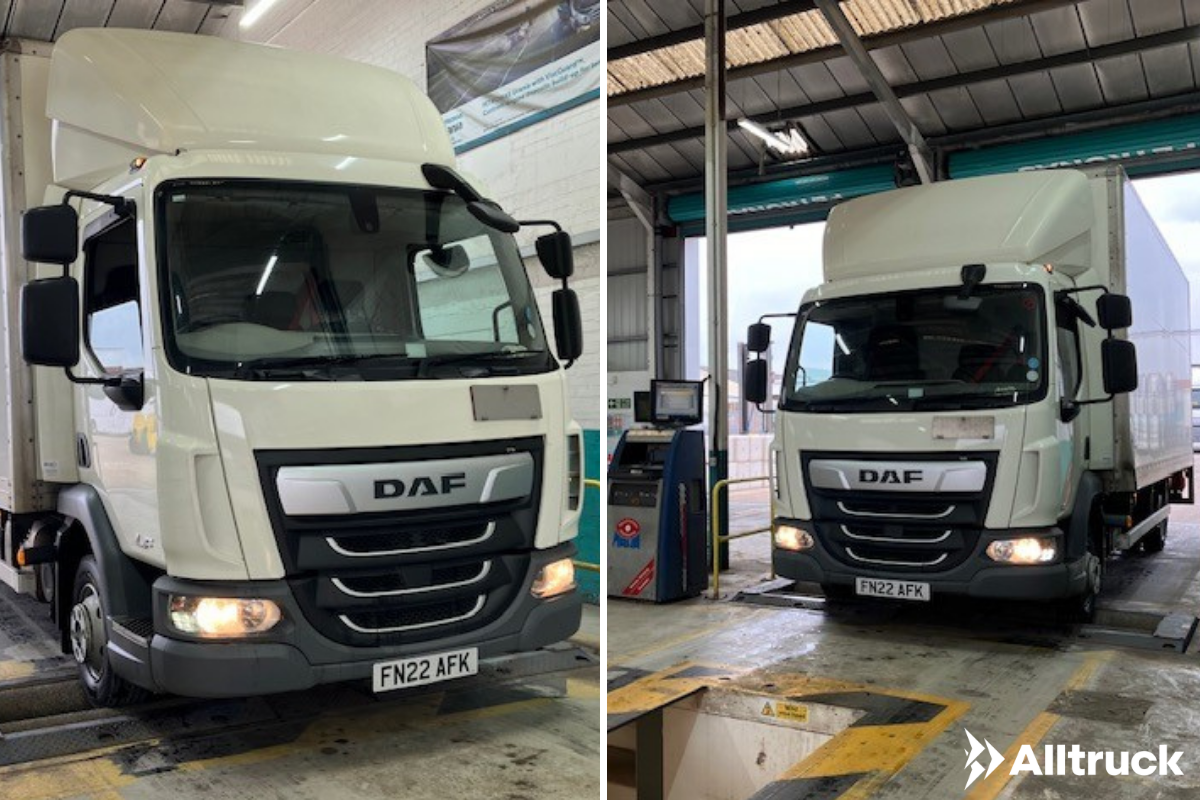
Ensuring Vehicle Safety: A Comprehensive Look at HGV Brake Testing
We predict there will be changes to HGV brake testing requirements from April 2025, and we’re here to advise you about these potential changes. It’s all part of our commitment to safeguarding our customers’ brands and reputations by providing key information on legislation & vehicle safety updates.
Key Elements of Safety Inspections:
Keeping your wheels rolling smoothly means staying on top of vital safety inspections – it’s key to ensuring your vehicle is road-ready. These checkups, separate from your routine services & MOT, highlight the safety-critical parts.
How often inspections happen are tailored to suit your vehicle, considering factors like vehicle age, expected mileage, and the nature of work, with various types of inspections catering to specific scopes and considerations, keeping your vehicle as safe as can be.
Even though it’s not currently a legal requirement, at Alltruck, we recommend to our customers that they add additional laden brake tests into their maintenance package, every 3 months due to the safety benefits.
Brake Testing Updates:
We’ve learned from historical data that many vehicle braking issues are only discovered during loaded braking tests in annual MOT inspections. This highlights the importance of thorough brake testing. Since January 2023, vehicles and trailers getting their annual MOT must be properly loaded for more meaningful and accurate brake test results. You have the choice of using an Electronic Braking Performance Monitoring System (EBPMS) or a calibrated roller brake test.
Moving forward from April 2025, only a laden roller brake test or EBPMS will be accepted as the sole method for evaluating brake performance for increased safety. Currently, the Guide to Maintaining Roadworthiness suggests a minimum of four tests annually, preferably laden. However, this creates some confusion as it doesn’t align with the legislative requirement of one loaded test per year during the annual MOT test.
An update anticipated in April 2025 aims to clear up this confusion by harmonising the standards, making it mandatory to conduct four loaded brake tests per year. For more details on brake testing and recommended practices, you can find additional information here.
Legal Regulations and Standards:
The legal regulations outlined in The Road Vehicle (Construction and Use) Regulations 1986 stress the necessity of maintaining every part of the braking system in good working order and properly adjusted. Compliance requires calibrated brake testing methods and promptly addressing identified deficiencies to ensure roadworthiness.
To sum up, our deep dive into HGV brake testing highlights Alltruck’s dedication to vehicle safety and ensuring our customers are always well-informed. With the expected regulatory update in April 2025, there will be a standardisation of procedures, requiring a minimum of four loaded brake tests each year. This change aims to clear up the existing ambiguity around legislative requirements.
It’s advised that operators and O’license holders conduct risk assessments considering factors such as vehicle usage, working conditions, mileage, and vehicle age. This will help identify whether some of the yearly brake tests can be conducted without a load, though it’s highly recommended to perform at least four tests with a load.
For comprehensive guidelines, the DVSA’s “Guide to Maintaining Roadworthiness” offers detailed insights, available here.